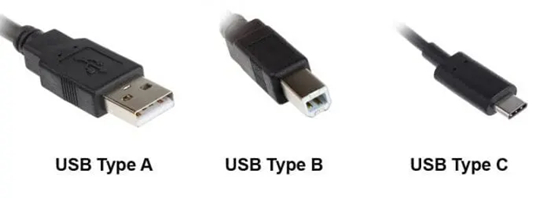The Evolution of USB Charger Types : A Brief History | ZONSAN
USB chargers have come a long way since their inception in the late 1990s. The original USB chargers were slow and basic, with limited compatibility and charging capabilities. Over the years, however, USB charger technology has evolved significantly, resulting in a range of different charger types that are faster, more powerful, and more versatile.

One of the earliest types of USB chargers was the standard USB charger, which used a standard USB port to deliver power to devices. These chargers were relatively slow and had limited compatibility, but they were widely used due to their simplicity and ubiquity.
As USB technology advanced, newer types of chargers were developed, including USB-A chargers, which used a different type of USB port and offered faster charging speeds. These chargers were followed by USB-B chargers, which were even faster and more powerful, and could charge a wider range of devices.
The latest generation of USB chargers is the USB-C charger, which uses a reversible USB port that can be plugged in either way. These chargers are even faster and more powerful than their predecessors, and are capable of delivering a high level of charging power to devices. They are also highly compatible, and can work with a wide range of devices.
Overall, the history of USB charger development has seen a steady progression from basic, slow chargers to faster, more powerful chargers that are capable of charging a wider range of devices. As technology continues to advance, it is likely that we will see even more advanced and versatile USB chargers in the future.
As USB technology advanced, newer types of chargers were developed, including USB-A chargers, which used a different type of USB port and offered faster charging speeds. These chargers were followed by USB-B chargers, which were even faster and more powerful, and could charge a wider range of devices.
The latest generation of USB chargers is the USB-C charger, which uses a reversible USB port that can be plugged in either way. These chargers are even faster and more powerful than their predecessors, and are capable of delivering a high level of charging power to devices. They are also highly compatible, and can work with a wide range of devices.
Overall, the history of USB charger development has seen a steady progression from basic, slow chargers to faster, more powerful chargers that are capable of charging a wider range of devices. As technology continues to advance, it is likely that we will see even more advanced and versatile USB chargers in the future.
